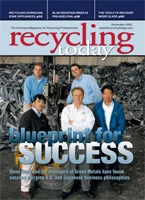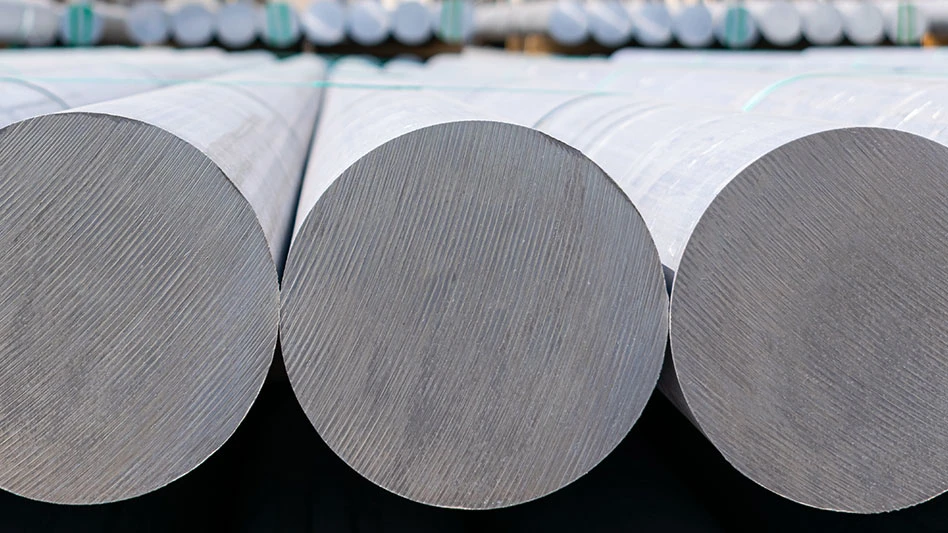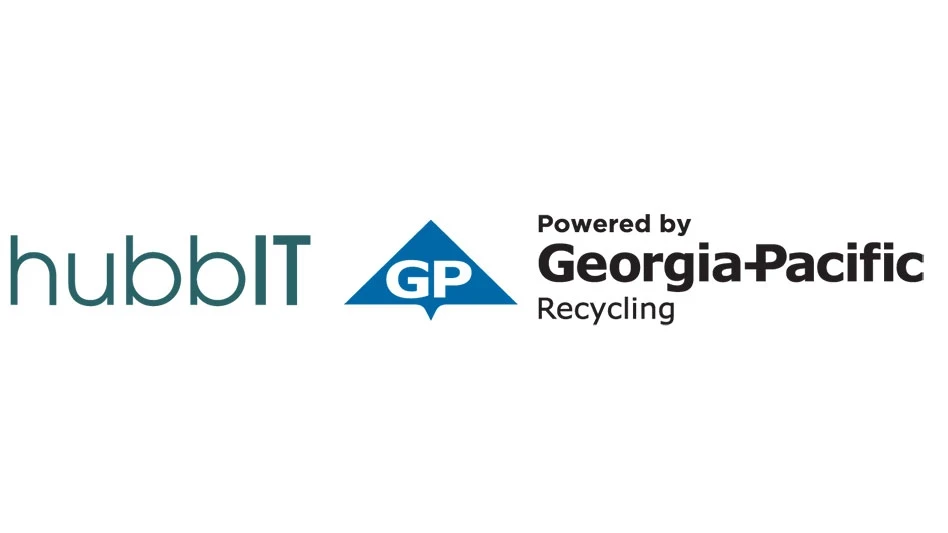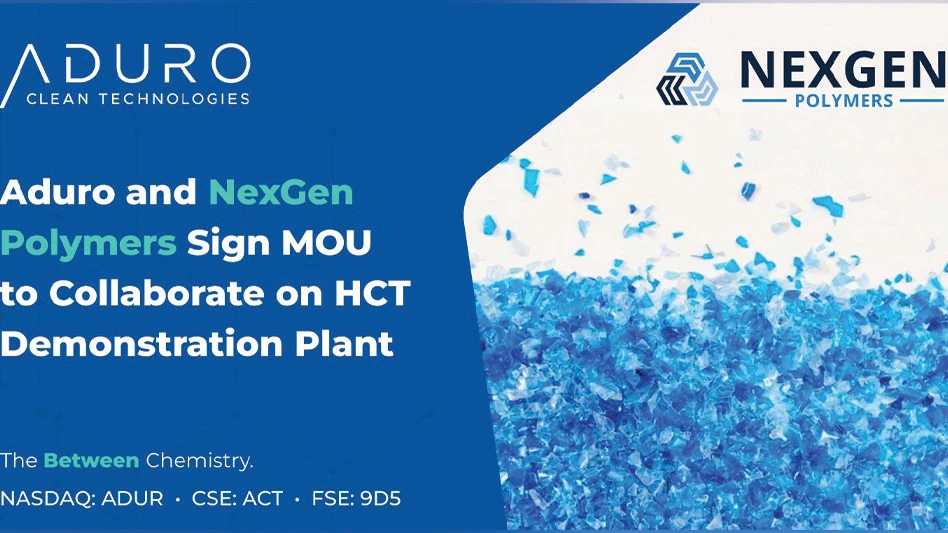
Document destruction firms spend a lot of time thinking about their shredding equipment and the security of their services, in which collection containers play an important, if not a somewhat overlooked, role.
When selecting and customizing containers, secure destruction firms should consider a number of points, from the obvious— including the size and number of their service contracts and the amount of space they can dedicate to container storage—to the less apparent.
ALL ABOUT APPEARANCES
Customers of document destruction firms are often looking for color uniformity in their secure collection containers, as well as containers that blend seamlessly into the office environment. This desire for integration has lead to the popularity of consoles.
Sofia Miller, vice president of Plastopan, based in Los Angeles, says, "The fact that consoles are popular highlights that companies are concerned about coordination and image."
Dave Van Kerrebroeck of Mr. Shredder, a mobile shredding company based in Mississauga, Ontario, says his larger customers prefer uniformity because it offers consistency, especially in cases where there is a lot of employee turnover. New employees can easily identify the security containers by their consistent appearance, he says.
Pete Pancel, general manager of All Source Security Container, Barrie, Ontario, agrees. "A uniform look for secured containers visually reinforces what is being collected."
Chet Hinton, president of On-Site Shred, Garner, N.C., says container uniformity helps to convey the professional image that his company and his customers want to project.
Lynda Wells of Cutler Forest Products, Mississauga, Ontario, says gray is a popular color for collection containers because it matches the copiers, fax machines and other electronic equipment that is used in an office environment. While Cutler Forest Products offers custom colors for its security consoles, they don’t even amount to 0.5 percent of the company’s sales, Wells says.
Shawn Kruse, technical manager at Rehrig Pacific Co., based in Los Angeles, says the most popular container colors are gray, blue or beige.
"Since the container is in a customer’s office everyday, it becomes the most memorable representation of the vendor to its customer," says Scott Dennis of Rapid Distributing, a distributor of secure containers and consoles based in Grand Rapids, Mich. "If the container is professional looking, clean and secure, that will become the customer’s perception of the shredding vendor."
Pat Connor of Jake, Connor and Crew, a console manufacturer based in Kitchner, Ontario, also says that the uniformity of collection containers reinforces a company’s identity and provides an educational opportunity.
All this uniformity may explain why document destruction firms choose to add their logos and contact information to their containers.
BRANDING A SERVICE
Embellishing security consoles and containers with the shredding firm’s logo has become a popular method of branding among document destruction firms.
"We are in an advertising-mad world," Connor says. "That in conjunction with the frequency with which people are changing jobs helps to identify a service that people may not understand or appreciate."
Pancel also mentions the benefits of using collection containers as a branding opportunity. "Certainly document collection service companies have a need to set themselves apart from their competition. They can begin accomplishing this through branding their actual containers with I.D. badges and custom imprinting," he says.
Van Kerrebroeck says he includes Mr. Shredder’s logo and phone number on the company’s containers for branding reasons as well as to signify that the container is for documents that are to be shredded and not for other purposes.
Dennis says that he steers Rapid Distrbuting’s customers away from molding their logos into containers, in light of the acquisition activity in the industry, and toward adhesive labels.
On-Site Shred has opted to go with adhesive labels to avoid delays related to stamping that could occur at the container manufacturer, Hinton says. "We didn’t want to have some containers that were labeled and some that were not."
Kruse of Rehrig Pacific sees many customers opting for embossed logos, though he says that some larger shredding firms with multiple locations do not include a telephone number on their containers so they can transfer their assets among their locations.
SIZING UP THE SITUATION
Some shredding companies offer their clients a wider variety of container sizes, while others prefer to stick to a few popular sizes.
"Twenty-five percent of our customers are married to multiple sizes," Miller says, adding that 95 percent of what Plastopan ships is its lockable 64-gallon, light gray container with a slot in the lid. Sales of 32-gallon containers lag considerably behind because they are just too small for the volume of paper most companies are generating, she says.
However, Miller says sales of Plastopan’s 96-gallon containers have been decreasing because of their weight when filled and the escalation of resin prices, which she says are double what they were just 10 months ago because of increasing petroleum prices.
Hinton offers his customers a variety of container sizes. "Most companies prefer to have the executive console," he says. "But we are seeing a huge increase in our larger containers because of the nature of the business. It is more cost-effective for our customers," he says.
Van Kerrebroeck tries to limit the variety of container sizes Mr. Shredder provides its customers, though the company will provide smaller containers to clients with space restrictions.
Hospitals and pharmacies often have space limitations that shredding firms have to consider. "As a result of these space limitations, they tend to demand more space-efficient containers," All Shred’s Pancel says.
Jake, Connor and Crew has expanded its range of container sizes to accommodate the growth in the secure shredding industry. "The 40-inch console was all we made 10 years ago because that was all the market wanted or needed," Connor says. However, with the advent of the Health Insurance Portability and Accountability Act, for instance, the company saw the need to offer shorter containers for use in nurses’ stations.
Wells of Cutler Forest Products says that 90 percent of her customers select the company’s 37-inch console, which she says is appropriately sized for most offices.
The hopper capacity of a shredding company’s trucks may also affect the container sizes secure shredding firms offer. Kruse says most trucks are designed to accommodate 65-gallon containers, which is the most popular size among Rehrig Pacific’s customers.
MANAGING INVENTORY
On-Site Shred, which has eight offices throughout North Carolina and Virginia, manages its container inventory out of one location, stocking some containers in each size that it offers.
The company keeps 100 to 150 containers in each of the most popular sizes—64 gallon, 96 gallon and the executive console—in inventory.
"It’s important to keep track of them," Hinton says of containers. On-Site Shred tags each container with an ID number and tracks its exact location in its computer system.
Van Kerrebroeck says Mr. Shredder keeps 50 containers, or one truckload, in inventory at all times. The consoles are shipped to the company wrapped in bubble wrap and then shrink-wrapped on pallets, and this is how the company stores them. The wheeled plastic containers Mr. Shredder uses arrive stacked inside of each other and store easily, he says.
While shredding companies can sometimes save on shipping and container rates, as well as storage space, by buying consoles unassembled, Hinton prefers assembled consoles. He says he doesn’t have the labor available to assemble the containers. "I could have them doing something much more productive than putting containers together," he says.
Van Kerrebroeck also prefers purchasing assembled consoles. "I like to concentrate on things we can bill our clients for," he says.
The author is managing editor of SDB magazine and can be reached at dtoto@gie.net.

Explore the December 2005 Issue
Check out more from this issue and find your next story to read.
Latest from Recycling Today
- ReMA opposes European efforts seeking export restrictions for recyclables
- Fresh Perspective: Raj Bagaria
- Saica announces plans for second US site
- Update: Novelis produces first aluminum coil made fully from recycled end-of-life automotive scrap
- Aimplas doubles online course offerings
- Radius to be acquired by Toyota subsidiary
- Algoma EAF to start in April
- Erema sees strong demand for high-volume PET systems







